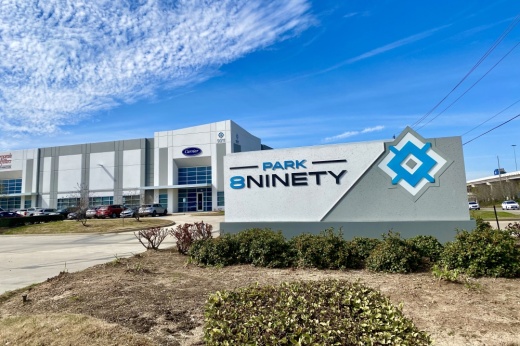What happened
The $581,322 payment was the last in a series of costs listed in the economic incentive agreement. According to the agenda item, details of the economic incentive agreement include the city agreeing to:
- Assist with the construction of road, street, water and drainage infrastructure for the business park
- Reimburse the cost of construction of the infrastructure rate of $1 per every $22.73 of taxable value, upon attainment of certain taxable value
- Provide payments in the amount of a portion of the cost of the infrastructure not to exceed $7 million plus interest
According to the agenda item, the first payment occurred in 2018 after the project was completed in June 2017. The final payment of $581,322 is based on the project reaching the final taxable valuation milestone.
About the project
Park 8Ninety is an industrial complex off Beltway 8 and Hwy. 90A in a master-planned environment.
According to the business park's website, Park 8Ninety is considered one of Houston's last opportunities for new, industrial construction with high visibility.
Features of the park include:
- Access to the city of Houston via Beltway 8, Hwy. 90, Southwest Freeway and Fort Bend Parkway Toll Road
- Trailer parking and outside storage
- Tax incentives from Fort Bend County and Missouri City
- Triple Freeport Exemption for qualifying companies
The website also lists three new buildings totaling 676,860 square feet. There are also over 100 acres remaining in the park with options for custom facilities for the use of industrial space.
Offering input
Herman Rodriguez, director of economic development for Missouri City, said the abatement helps pay for and extend infrastructure within the area to allow others to create additional business.
"Attracting primary jobs to the area is one of our key drivers; it helps with daytime population to help ... attract folks to the local area. We also want to expand our tax base," he said. "In essence, the tax reimbursement is paying them from the tax moneys they generated, not from the local residents, and now the taxpayers get 100% of the taxes to help alleviate their tax burden."





